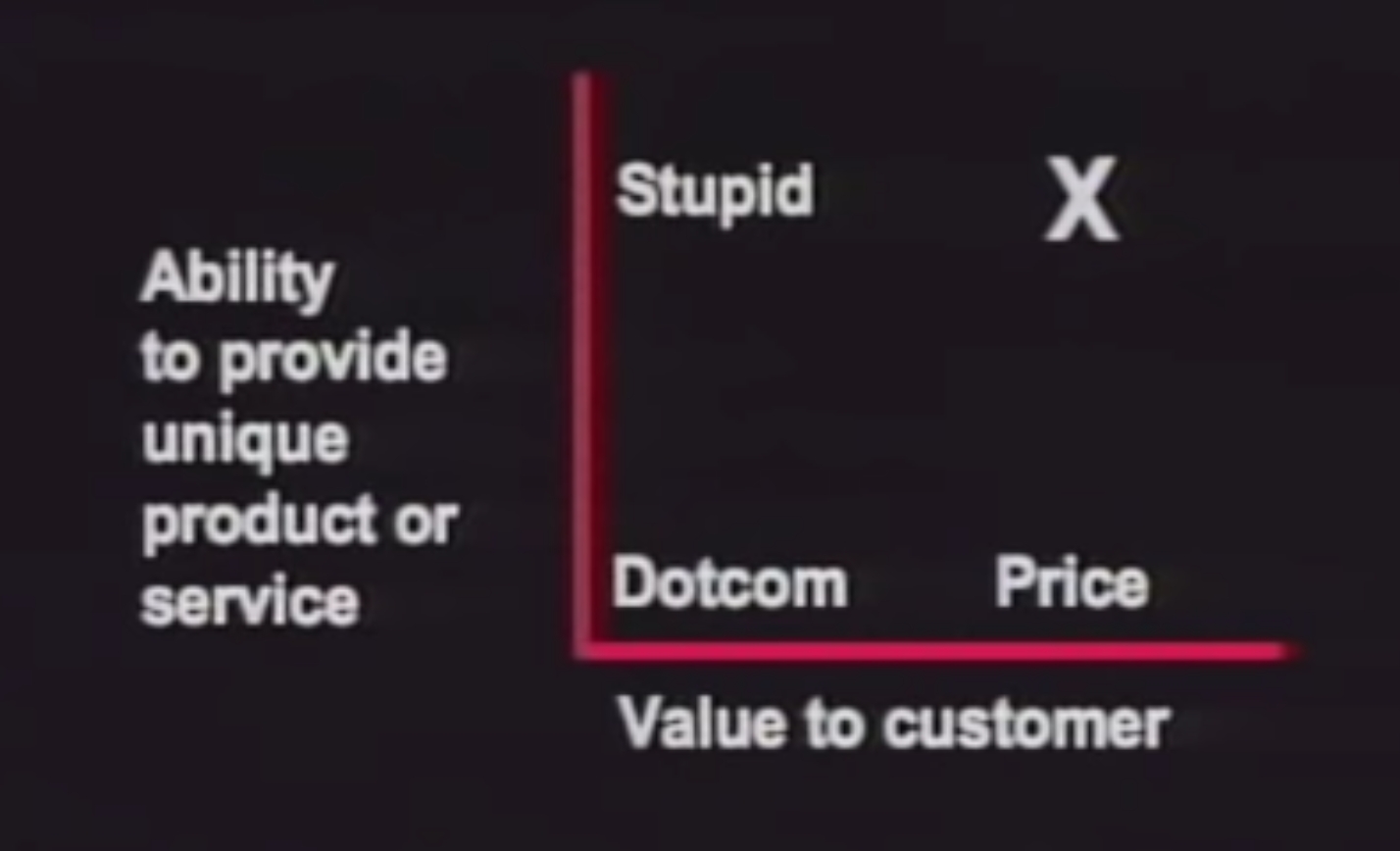USP
Competition & USP
With the problem statement you have defined, you have already said why the world needs your product, confirmed these hypotheses in user interviews and further sharpened the problem statement.
Unfortunately, you will not be the only ones and probably not the first to discover this problem, nor will you be the first to do something about it and offer a solution. During your user interviews and research over the last week, you have probably already come across a number of providers and solutions that offer alternatives to your solutions or are in competition with you. And if you really search actively, you will usually find a lot more.
Task 1: Actively search for competitors who also offer solutions to the problem you have defined. It is best to simply start with Google and search for keywords relating to your solution approach or, if you already know competitor xy, for example, search for "alternative to xy".
This process can be very frustrating. In a world with so many people and so much information, everything already exists. And usually more often and with more alternatives than you think. But don't let this discourage you. There are reasons why you didn't know or use the solutions beforehand and it gives you opportunities to place them.
Nevertheless, you must expect your customers to be familiar with existing solutions and in order to position your product well, it is important to work out your unique selling proposition (USP). Why should your customers, who also have the problem you have defined, choose your product and not that of the competition?

The well-known Apple evangelist and author Guy Kawaski has illustrated this in the picture above: There are two dimensions: value to the customer and uniqueness of your product. If you have a product that is unique but doesn't deliver value to the customer, it's just a stupid product. If you have a product that is like many others and delivers little value to the customer, it's similar to the dotcom bubble and doesn't make sense to offer such a product. If you deliver high value to the customer with your product, but there are many competitors and your product does not stand out strongly, then you can only compete on a low price. Where you should ideally be, however, is in the top right position, where you have a unique product that delivers high value to the customer.
Task 2: Define your USP. Write down in a precise sentence what makes your product special and why potential customers should choose your solutions. e.g. for the presentation tool from stackOcean: "Unlike competitors such as slido.com and mentimeter.com, onslide focuses on data protection and ensures that participants' personal data is processed in compliance with the GDPR. It is therefore also suitable for public institutions and schools in Germany"
Tasks for this chapter 💪
Weekly Report Template
Last updated